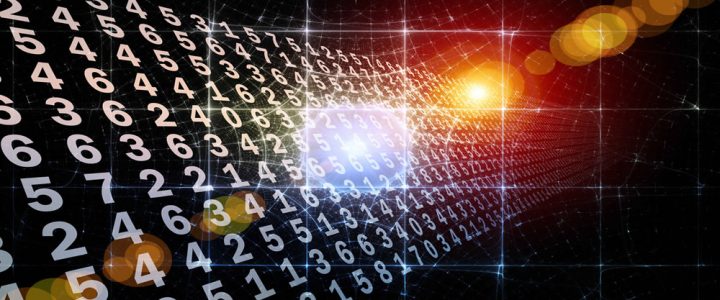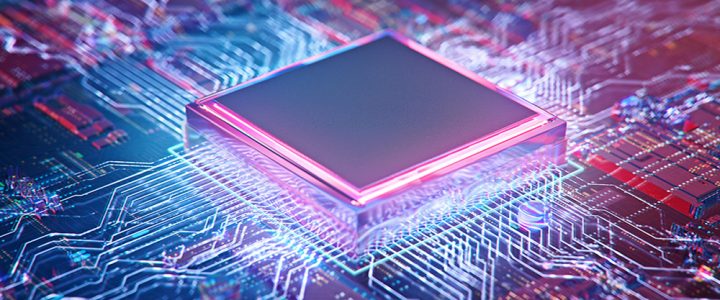| 3 YEAR | 2 semester | 9 CREDITS – 6 CREDITS* (2022-23) |
|
Antonio Saitto Francecsco Zampognaro |
2019-20 (9 cfu) 2020-21 (9 cfu) 2021-22 (9cfu) |
| 2022-23 (6 cfu) | |
| Code: 8039512 SSD: ING-INF/03 |
*the number of credits depends on your study plan. The Study plans A.Y. 22-23 changed in this way: FDC 6 CREDITS
OBJECTIVES
LEARNING OUTCOMES: To provide basic knowledge on deterministic analogic signals, linear time invariant systems, analogic random processes, noise and signal to noise ratio, analogic modulation concepts. To allow practical experience on Matlab.
KNOWLEDGE AND UNDERSTANDING: Obtain capability to apply the acquired knowledge in the field of elementary analogue signal processing to approach and solve problems concerning more complex processing in the field of digital signals. Obtain capabilities to understand problem to approach the job in professional manner.
APPLYING KNOWLEDGE AND UNDERSTANDING: Obtain and demonstrate to understand problems of university degree of complexity both during the class and on books of equivalent level.
MAKING JUDGEMENTS: Acquire the capability to collect and analyse data on the analogue signal processing to carry out and express opinion autonomously and independently.
COMMUNICATION SKILLS: Acquire capability to explain what learnt to both skilled and not skilled people.
LEARNING SKILLS: Acquire such a capability to learn to be able to approach the following courses with high degree of autonomy.
SYLLABUS
Deterministic continuous-time signals
Introduction, telecommunication systems and services, definition of signals, ideal transmission of signals, time domain signals, complex notation, basic operations on signals, classification, duration, Dirac impulse, energy and power. Affinity: cross correlation and autocorrelation between energy and power signals. Time domain series representation of signals: Fourier series for periodic signals, representation with series of orthogonal functions,
Fourier series for time limited signals, representation with samples interpolation. Representation in the signal domain, Gram- Schmidt orthogonalization. Linear transformation: Fourier transform. Examples of Fourier transform, affinity for frequency represented signals, energy and power spectrum, sampling theorem in time and frequency domain. Representation in the complex domain: analytic signal and complex envelope. Basics of source signals: analogue and digital signals. Multilevel source signals, binary signals, synchronous and asynchronous signals. Linear transformation between signals, linear and time invariant transformations in one port systems and in two port systems. Ideal two port system, perfect two port systems. Fundamentals of transmission, ideal transmission, perfect transmission systems, perfect linear channels, time continuous linear processing, filters, processing and reverse processing of step signals, total processing. Multiplexing, analogue digital conversion, basics on channel coding, basics on modulation.
Time continuous random variables and stochastic processes. Random variables theory, probability distribution and density functions, conditional probability distribution. Moments, characteristic and generating function of a random variable. Functions of random variables, distribution and density functions computation, sequences of random variables, transformation of random variables, independence of random variables. Expected value, variance and covariance. Conditional density functions, complex random variables. Stochastic processes, generalities, properties and moments. Classification, spectral theory, transformation of stochastic processes. The Gaussian process. Stationary processes, cross correlation, sum of processes and complex process, ciclostationary processes of first and second order, processes represented by the complex envelope, stationary process not in base band, processes represented in time series, real processes with random factors, processes sampled in base band, complex processes with random factors. Gaussian processes: noise, Gaussian stationary noise not in base band, white Gaussian noise in the signal space. Markov processes: properties, continuous and discrete time.
Imperfect transmission Imperfect connection. Undesirable additive affect at the output. Imperfect transmission over linear time variant channel. Imperfect transmission over linear time invariant channel. Imperfect transmission over non linear channel. Imperfect transmission with independent disturbs. Generalities on independent disturbs. Reduction of effects from independent disturbs. System additive Gaussian noise. Power analysis of a transmission system. Single two port system. Power analysis of noisy linear two port system chain. Noisy linear two port systems. Receiver sensitivity.
Signals utilized in transmission systems Harmonic signals modulation. Transmitter and receiver general schemes for modulated harmonic signals. Analogue harmonic modulation. Amplitude modulations (AM). Angle modulations: phase (PM) and frequency (FM). Performance analysis of harmonic modulation systems with analogue signals. Performance of AM systems. Signal to noise ratio for PM and FM systems.
Signals lab Introduction to Matlab and its use to graphically represent signals. Execution of operations among signals (also periodic). Study of signal properties (energy and power) and correlations.

 UNIVERSITA' DEGLI STUDI ROMA "TOR VERGATA"
UNIVERSITA' DEGLI STUDI ROMA "TOR VERGATA"



